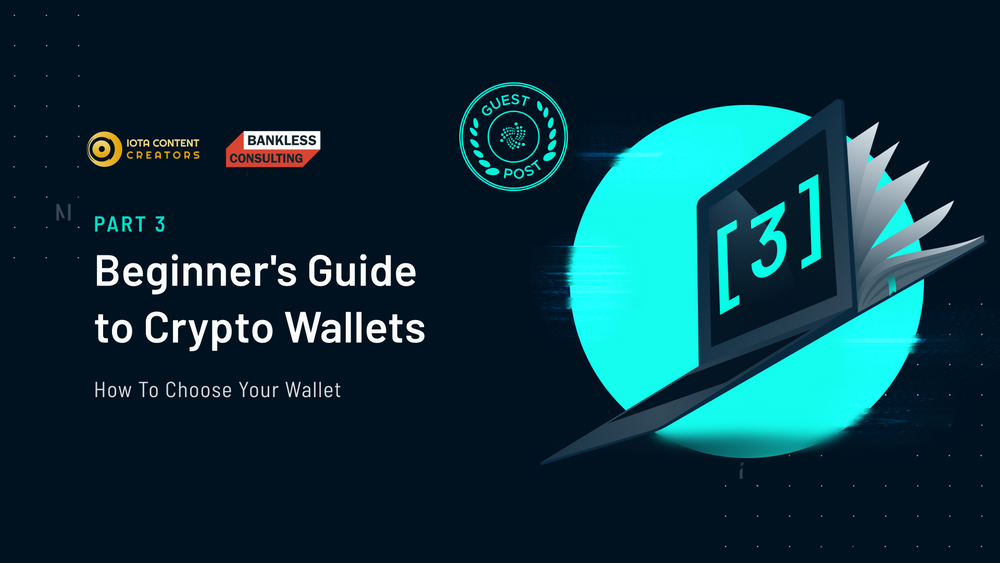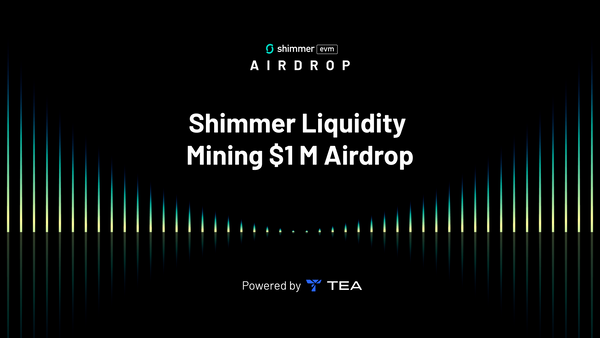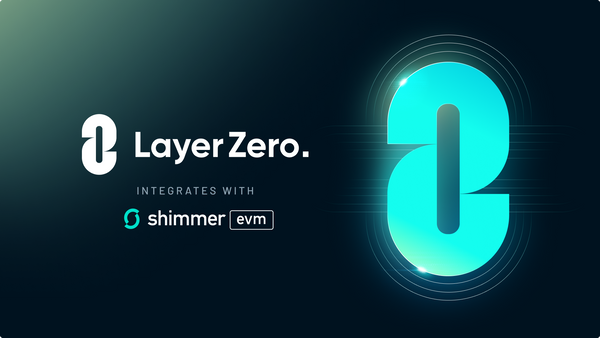Beginner's Guide to Crypto Wallets: Part 3
How To Choose Your Wallet
The third part of this beginner’s guide to crypto wallets by the IOTA Content Creators DAO and Bankless explores the main considerations to take into account when choosing which crypto wallet best suits your needs.
Read Part 1 here.
Before choosing and funding a specific wallet, a good piece of advice is to only use cash that you can afford to lose. Even though the crypto experience is much better now than it was two or three years ago, there’s still a lot to learn and many scams to be wary of.
When you are getting started in the space, the sums you’re dealing with are presumably relatively small and convenience is a consideration. Therefore, a hot or custodial wallet would probably be appropriate. These types of wallets also don’t require an upfront purchase of hardware. If you make a mistake it’s not the end of the world because the amounts are small and you are gaining experience in using a wallet. Once you start holding larger sums, we strongly recommend a cold wallet.
A common practice is to use different types of wallets for different purposes — you don’t need to choose just one. Assuming you gain experience and start holding larger quantities of crypto, maybe you keep the bulk of your assets in a cold wallet. You do a bit of trading or buy NFTs from time to time, so you keep a smaller amount of crypto in a hot wallet. You dollar cost average and buy a bit of crypto on a local exchange every time you get paid via a custodial wallet. Now you see how all these can be used together for the ultimate personalized experience.
- One consideration to think about is the user-friendliness of the wallet. When using the wallet, do you like the look and feel? It’s an important consideration because you’ll be using it every time you do transactions.
- Some wallets are chain-specific or only support a few chains, so be sure the wallet supports the chains you expect to interact with. Wallets are a huge space for innovation in crypto because they represent windows into the crypto world. Once an individual chooses a wallet, they typically stick with it.
- Another consideration relates to backups and private key recovery options. There are some wallets that enable you to split your seed phrase into three or four different groups of words and share those groups with different people. While these people do have a part of your seed phrase, they never have your entire seed phrase and they don’t know who the others are, so they can’t collaborate to learn your private key and drain your funds. Some wallets even have the functionality to help you recover your private key if you happen to lose it. The downside is that, if there is the possibility of someone recreating your private key, then that’s an attack vector for hackers as well. In the end, if you have good security practices and you know what you’re doing, you’re almost certainly going to have your own non-custodial wallet, probably a cold wallet. You’ll also be maintaining the security of your seed phrase in a secure, offline way. By doing so, you’re essentially hack-proof.
- Longevity and reputation are also important to think about. Since this is a huge space for innovation at the moment, the downside is that some wallets probably won’t have the best security practices. A new wallet could have security flaws that have not been reported by users yet. A wallet that has been around for a while without serious security breaches is much safer than a newly-released wallet.
- Lastly, make sure you get your wallet from the official source! If you’re buying a hardware wallet like a Ledger or a Trezor, buy it directly from the official site. There are stories where people have bought cold wallets second-hand (for example, from eBay) and those devices have been compromised. As a result, they’re not secure anymore, so you need to make sure that you buy or download your wallet from the official source. This really can’t be emphasized enough!
Next: Part 4 Using Your Wallet
Beginner's Guide to Crypto Wallets
Part 1 What is a Crypto Wallet?
Part 2 Types of Crypto Wallets
Part 3 How To Choose Your Wallet
Part 4 Using Your Wallet
Find out more about the IOTA Content Creators DAO on Twitter and follow their newsletter on Medium. You can watch the full series of IOTA x Bankless DeFi education videos on YouTube. Our special thanks to 0xKB for hosting the Bankless session and to DigitalSoul.x. for preparing the original copy of this article for the IOTA Content Creators DAO newsletter.
Also in this series
Beginner's Guide to DEX vs. CEX
Follow us on our official channels for all the latest Shimmer news:
Discord | Twitter | LinkedIn | Reddit



